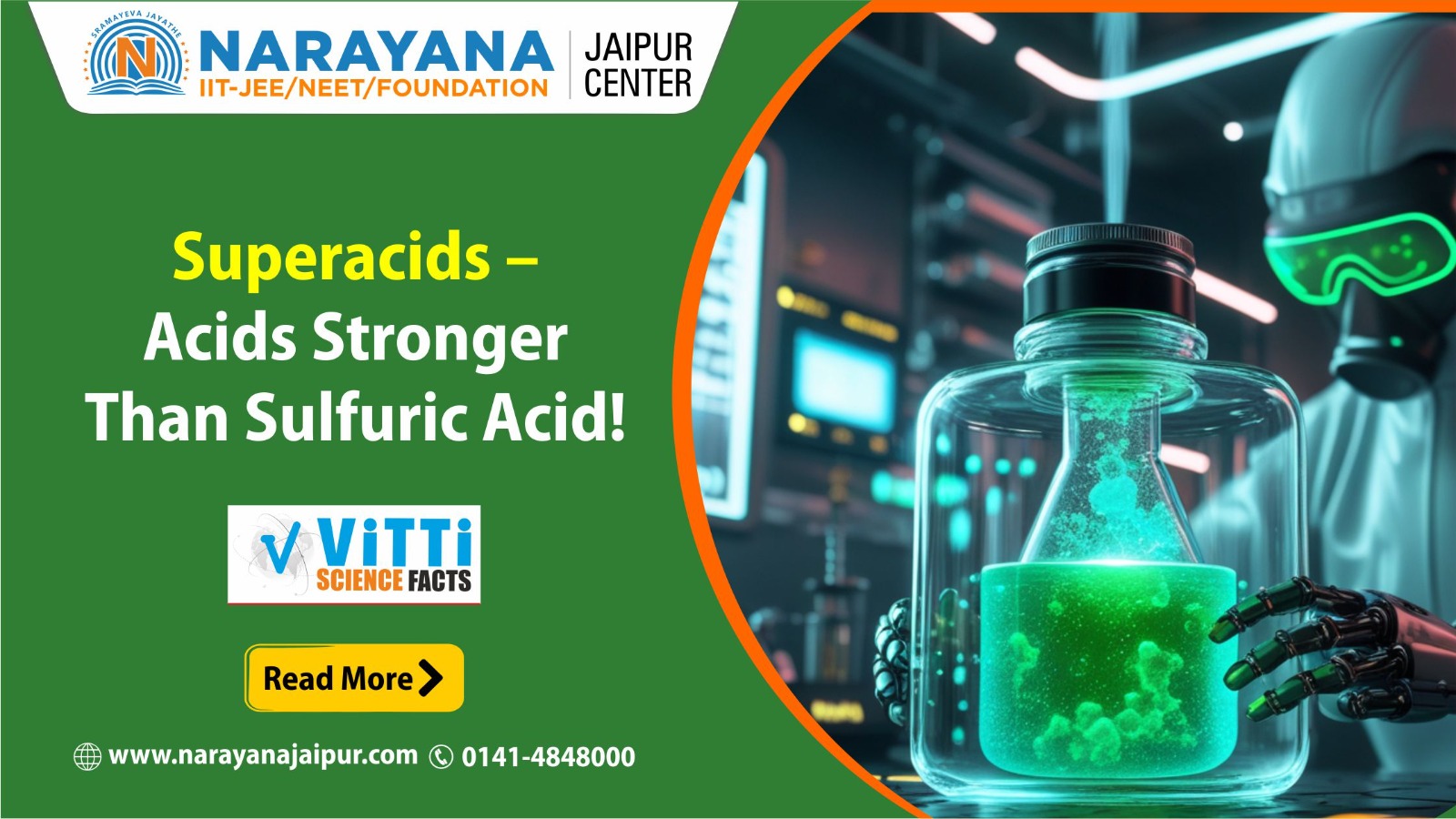Many of us know that the Sulfuric acid is a very strong acid. Yes, it is a very powerful and corrosive substance stronger than most of the acids but there exists manyacids which are even stronger than this. Not only just stronger but around millions to billions of times stronger than sulfuric acid. Lets deep dive into the world of these super powerful acids called Super acids. Lets find out what makes them so powerful and acidic.
So, what Are these liquids called Superacids?
We have defined a superacid as an acid that is stronger than 100% pure sulfuric acid. These acids possess extremely high proton-donating ability it is so extreme that they can even protonate molecules that are typically considered non-reactive in nature(due to their less basic characteristics ). In simple terms, they can forcefully remove protons (H⁺ ions) off of substances that normal acids can’t touch.
The most well-known superacid is fluoroantimonic acid (HSbF₆). This monstrous acid is created by mixing hydrogen fluoride (HF) with antimony pentafluoride (SbF₅). The result is an acid that’s more than a billion times stronger than sulfuric acid.
But, how do these Superacids work?
Superacids achieve their incredible acidic strength by separating the roles of Bronsted and Lewis acids. Now, what is a Bronsted acid ? Bronsted acid donates a proton (H⁺), while a Lewis acid accepts an electron pair. In fluoroantimonic acid, HF donates the proton, and SbF₅ stabilizes the resulting fluoride ion by binding to it tightly. This makes the free proton in solution extremely reactive.
Because of this, superacids can protonate substances that are usually completely inert. For example, methane (CH₄), a very stable molecule, can be protonated by superacids—something unimaginable in ordinary acid chemistry.
And, where are Superacids used?
Superacids aren’t just lab curiosities—they have real industrial applications:
- Petroleum Refining: Superacids are used in the alkylation process, where light hydrocarbons like isobutane and alkenes are combined to form high-octane gasoline components.
- Organic Chemistry: They are crucial in studying carbocations, highly reactive intermediates important in many chemical reactions.
- Chemical Research: Scientists use superacids to test the limits of acid strength and investigate novel reaction pathways.
But, can they dissolve anything?
Not quite “anything,” but they can dissolve glass, which is why superacids are stored in Teflon containers—one of the few materials they don’t destroy. Their corrosive power makes them incredibly dangerous to handle. Even small exposure can cause severe chemical burns, so only trained professionals work with them, using specialized safety equipment.
Lastly, why should you care?
Superacids reveal the incredible range and power of chemical reactions. They allow scientists to probe the nature of molecular bonds, discover new materials, and develop more efficient industrial processes. They also serve as a reminder that the world of chemistry is full of extremes—both constructive and destructive.
Superacids are among the most powerful substances in chemistry. Stronger than sulfuric acid, capable of melting glass, and useful in major industries, they represent both the danger and beauty of chemistry at its most intense. Whether you’re a student, a scientist, or just someone curious about the world, superacids are a jaw-dropping example of how deep and fascinating chemistry can be.
Name : Shantanu singh
Department : JEE Chemistry
Narayana Jaipur Center (NIHQ)


